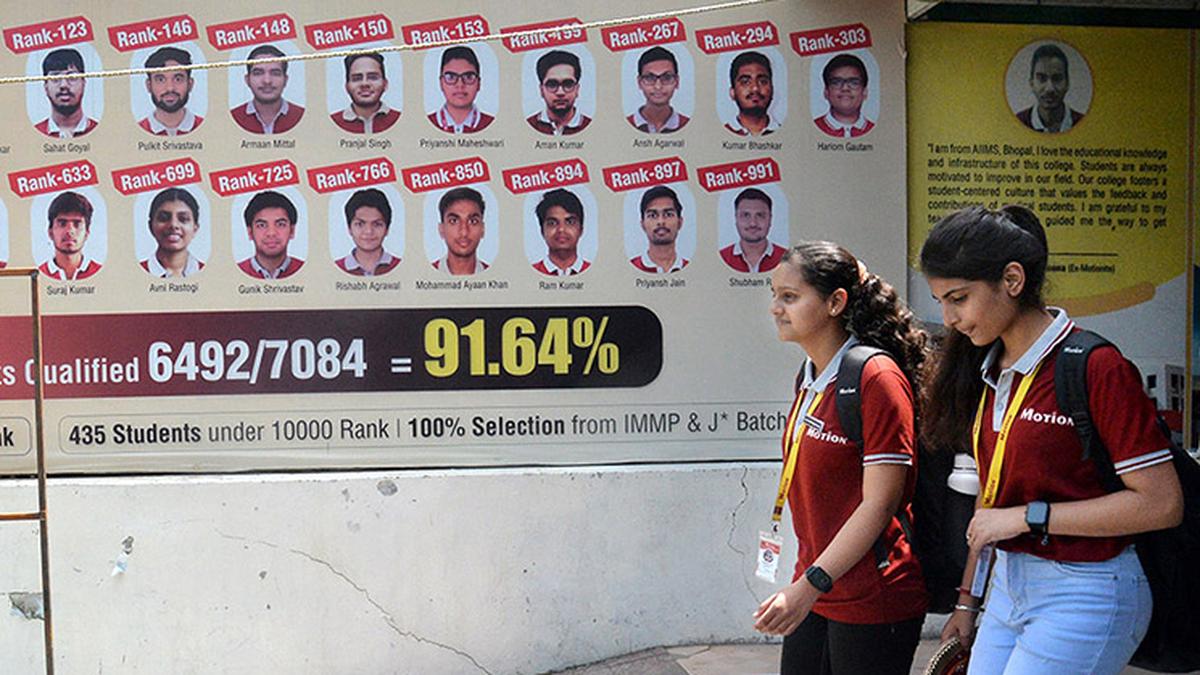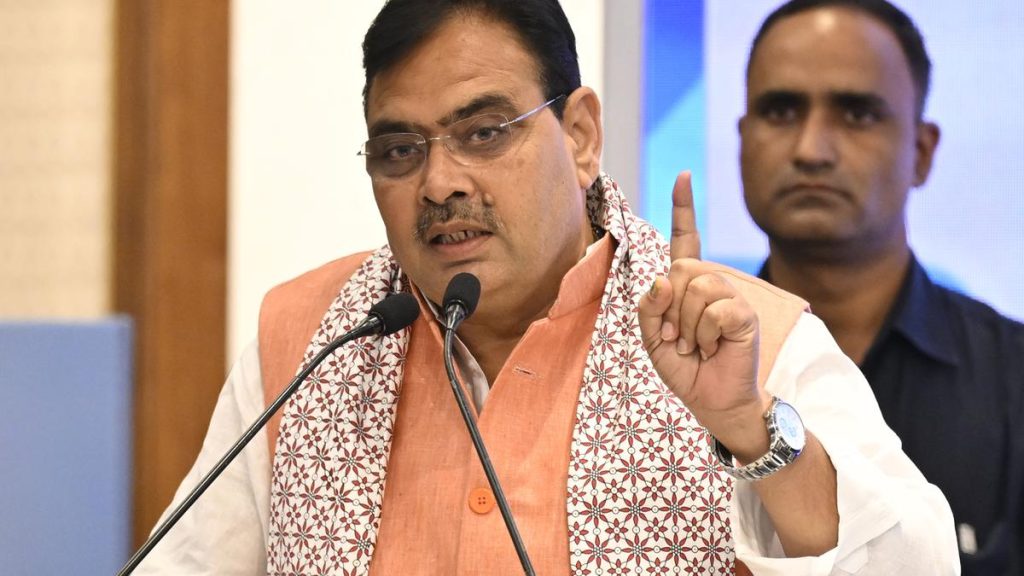Now Reading: One-Third of Students Rely on Private Coaching, Urban Areas Lead: Govt Survey
-
01
One-Third of Students Rely on Private Coaching, Urban Areas Lead: Govt Survey
One-Third of Students Rely on Private Coaching, Urban Areas Lead: Govt Survey

Rapid Summary:
- Nearly one-third (27%) of school students in India take private coaching, with a higher prevalence in urban areas (30.7%) compared to rural areas (25.5%).
- Government schools account for 55.9% of total enrolments, more prevalent in rural areas (66%) than urban areas (30.1%). private unaided schools represent 31.9% nationwide.
- The CMS Education survey, part of the National Sample survey’s 80th Round, collected data from 52,085 households and 57,742 students across India using Computer-Assisted Personal Interviews.
- Average annual household expenditure on private coaching for urban students was ₹3,988 versus ₹1,793 in rural areas; costs rise considerably at higher education levels.
– Higher secondary average coaching costs: urban ₹9,950; Rural ₹4,548.
– Pre-primary average coaching costs: ₹525 nationally.
- Urban households incur higher education-related expenses across all categories compared to rural households:
– Course fees: Urban ₹15,143 vs Rural ₹3,979
– Textbooks/stationery: National average is ₹2,002/student per year.
- Funding source trends:
– For education expenses: 95% rely on contributions from othre household members both in urban/rural settings.
– Government scholarships serve as a major funding source for only 1.2%.
Indian Opinion Analysis:
the CMS Education survey highlights stark disparities between urban and rural education access and expenditure patterns across India. While government schools form the backbone of educational enrolment-especially in rural regions-the rising dependence on private coaching underscores gaps within formal institutional learning frameworks.
higher expenditures by urban families reflect discrepancies not just in affordability but also perceived quality or necessity of additional educational support like tutoring services. This trend could widen educational inequalities between geographic locations over time if support mechanisms do not address inherent differences adequately.
Additionally notable is the limited role played by public-funded scholarships as primary financial sources for most families amidst consistently high out-of-pocket spending-even among lower economic brackets and government school attendees.
Holistically interpreting these findings should guide policymakers toward broader reforms spanning equitable resource allocation across regions and increased focus on enhancing foundational teaching methodologies within formal schooling systems-especially to reduce reliance on costly external help such as private coaching.

























